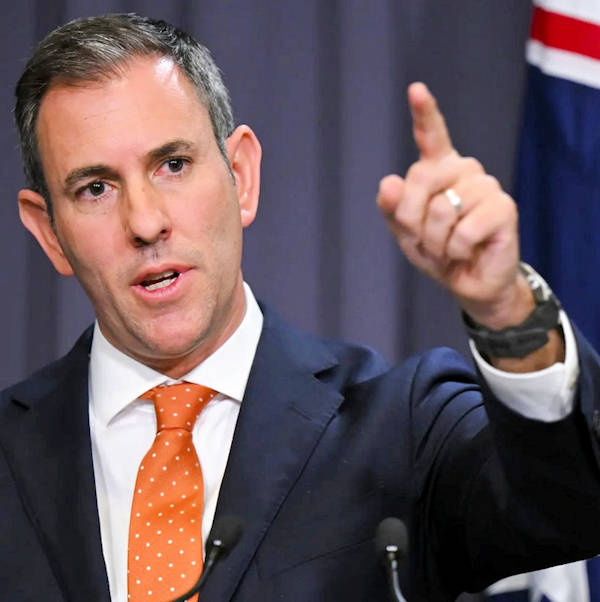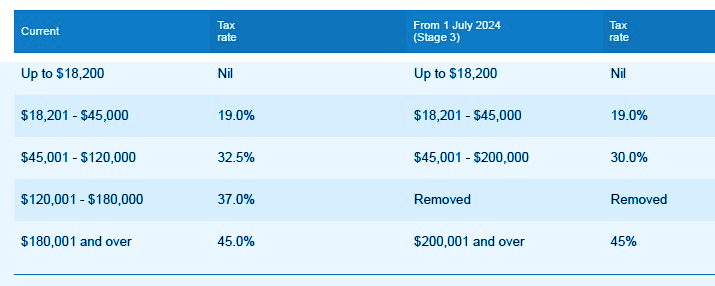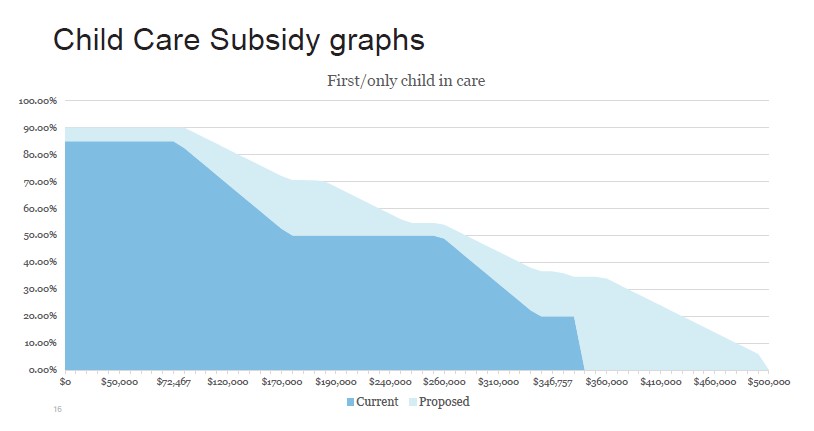You may be wondering how the re-election of Donald Trump might impact your investment portfolios and long-term financial plan. Before we dig into the events, I’d like to assure you that it is business as usual at our end.
Often the biggest risk in situations like this is reacting impulsively to the fears stoked by headlines in the media. But I’d like to remind you that politics and investing are two distinctly different areas, and we will continue to utilise the world’s leading investment research to manage your portfolios and ensure they are diversified, robust and performing well.
US Election Result
After emphatically reclaiming the White House and control of the Senate, Donald Trump and the Republicans are also inching closer to securing a majority in the House of Representatives as the final votes get tallied. If this occurs, it will give Trump a clear mandate to enact his policies.
However, we are mindful that there is huge uncertainty surrounding the actual policies President Trump might get behind and these moves may reverse.
In retrospect, Donald Trump’s landslide victory can be ascribed to policies based on the American people’s basic concerns around the cost of living, job security and border control.
Trump’s message to the American people throughout the campaign was simple and unwavering: the current administration, of which Kamala Harris is a member, is responsible for your higher grocery and petrol bills, and it has also lost control of our borders – the latter meaning you can’t feel safe in your home or on the streets, and an undocumented foreigner is probably also after your job.
His message about withdrawing US troops, and withholding American money, from far-flung wars also resonated in the country that has tired of being the world’s police officer.
Financial Markets Reaction
Financial markets have reacted with a broad rally in US equities and cryptocurrencies amid expectations of big tax cuts and less regulation, especially if the Republicans control both the Senate and the House of Representatives.

The US Dow Jones Index immediately jumped up 3.6%, while European and Chinese stocks saw a decline, and the Australian All Ordinaries closed up by a modest 0.30%. The US dollar has also strengthened against major currencies (including the AUD) as Trump’s stance on tariffs is expected to put upward pressure on the US dollar.
Other pockets of the market haven’t fared as well amid concern Trump’s pro-growth policies will also be inflationary, keeping interest rates higher. Promises of hefty tariffs are expected to hit China and the country’s demand for commodities.
If inflation were to increase from current levels, the US Federal Reserve could slow the pace at which they are planning to move interest rates lower, or in an extreme case, raise rates to combat runaway inflation. Much of this concern is driven by the tariffs President-Elect Trump has championed during his campaign. In addition to tariffs, extending tax cuts domestically could increase Federal budget deficits that would require additional borrowing by the US government, which puts further upward pressure on Treasury rates.
Our approach to this event has been the same as always: Prepare rather than predict.
Fintech Financial Services delivers highly researched diversified portfolios that are not overly exposed to any single outcome. Our investment managers take the long-term view and evaluate assets based on the value of their future cash flows, recognising that elections often have only limited long-term impact. However, now that the election is over, we’re ready to respond. If markets overreact, our decisions will be guided by an assessment of long-term value rather than emotion.
Analysis of presidential cycles since 1881 shows that starting Valuations of an investment play a larger role in returns than which party is in the White House.
Elections can create opportunities for investors who are prepared to capitalise on market overreactions. Being able to act on these opportunities requires a disciplined process and preparation about an asset’s potential long-term election impact.
Post-Election: Focus on What Matters Most
How important is the presidential party elected in determining return outcomes?
Analysis of data from the past 36 US presidential terms, spanning from James A. Garfield’s inauguration in 1881 through Joe Biden’s tenure shows that there is little difference. Robert Shiller’s long-term dataset was used to examine US stock market performance incorporating the two months prior to each inauguration to account for the market response to the election outcome.
The bar graph below reveals that presidential party affiliation accounts for less than 1% of the variability in returns across presidential terms, indicating a negligible impact. In contrast, the starting Valuations of investments, as measured by the CAPE Ratio, explain 17.8% of the differences in returns across presidential cycles.
The takeaway? Valuations are a far superior predictor compared to the party occupying the White House.

In the days and weeks ahead, predictions will emerge about how the Trump presidency could influence returns. This analysis serves as a reminder that Valuations are a much more reliable predictor than who’s in the White House.
Taking a Long-Term View
We will continue to monitor proceedings and will keep you informed if anything material ensues. Regarding your portfolio, it is for circumstances like this that we take a diversified approach for the management of your money.
Your portfolios hold assets like financial stocks and broad equities that are positioned to perform well if inflation rises, and the growth backdrop consolidates. There are also positions like defensive equities and government bonds that should appreciate if the global economy loses momentum.
At the same time, the portfolios have avoided going “all in” on any potential outcome. Instead, your portfolios are robust and constructed so that they might be expected to perform well over the long run, come what may.
Last, We Leave You With Two Key Points
- In the face of political uncertainty, it is normal to question whether you should sell, hold or buy. To our eye, the answer is simple… manage risks, stay informed and most importantly stay the course.
- Any turbulence in markets may create great opportunities to purchase assets that will add meaningfully to returns in the future.
We hope you find this perspective helpful, and we’ll keep you updated as events evolve. As it stands, we want you to know we’re carefully monitoring proceedings, and we are here to help with any questions you may have.




 In after-hours trading, US stocks experienced a sharp sell-off. Unsurprisingly, companies reliant on imported goods were among the hardest hit, including Apple (-7%), Nike (-6%), Amazon (-6%), and Gap Stores (-12%). Foreign companies with significant exposure to the US market, particularly those based in China, also took a hit, such as Alibaba Group (-6.5%) and JD.com (-5.5%). US broad market indices followed suit, with the S&P 500 dropping over 3% and the NASDAQ falling by more than 4%.
In after-hours trading, US stocks experienced a sharp sell-off. Unsurprisingly, companies reliant on imported goods were among the hardest hit, including Apple (-7%), Nike (-6%), Amazon (-6%), and Gap Stores (-12%). Foreign companies with significant exposure to the US market, particularly those based in China, also took a hit, such as Alibaba Group (-6.5%) and JD.com (-5.5%). US broad market indices followed suit, with the S&P 500 dropping over 3% and the NASDAQ falling by more than 4%.













